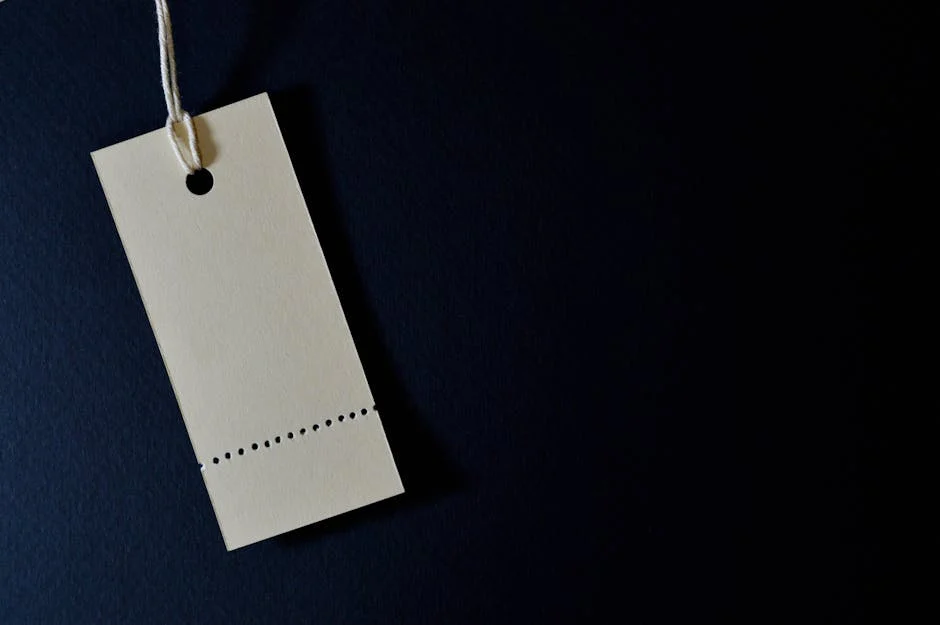
In today’s fast-paced retail world, pricing errors aren’t just innocent mistakes. Sometimes, they’re deliberate tactics that can cost shoppers more than they realize. As technology advances, so do the ways retailers manipulate prices. Understanding the difference between a genuine mistake and a deliberate pricing error is key for anyone trying to stretch their grocery budget. In 2025, several high-profile cases have exposed intentional pricing errors, raising concerns about transparency and trust in the industry. Learning about these deliberate pricing errors can help you shop smarter and avoid being taken advantage of.
1. Phantom Discounts on Staple Foods
One of the most common deliberate pricing errors in 2025 involves “phantom discounts.” Retailers mark up staple foods like bread, milk, and eggs, then advertise a significant discount. In reality, the final price is the same or even higher than before the so-called sale. This tactic preys on shoppers’ desire for deals, making them believe they’re saving money when they’re not. As a result, many families end up spending more on essentials without realizing it.
2. Dual Pricing on Digital and In-Store Items
Some retailers have been caught displaying lower prices online while charging higher prices in-store for the same items. This deliberate pricing error is especially confusing for customers who check prices on their phones while shopping. In 2025, several grocery chains faced fines after investigators found they were intentionally misleading shoppers with dual pricing. Using your phone to double-check prices remains important, but always verify at the register before purchasing.
3. Mislabeling Unit Prices for Bulk Goods
Bulk items are supposed to offer better value, but that’s not always the case. Deliberate pricing errors have been uncovered where unit prices are mislabeled to make bulk purchases seem like a better deal. In reality, the cost per ounce or pound may be higher than buying smaller packages. This strategy relies on the assumption that busy shoppers won’t do the math, allowing stores to boost profits at your expense.
4. “Limited Time” Price Increases
Retailers have long used “limited time offers” to create urgency. In 2025, a twist on this tactic emerged: labeling price increases as temporary, even though the higher price becomes permanent. This deliberate pricing error tricks shoppers into buying now to avoid future increases, when in fact the elevated price is here to stay. It’s a subtle but powerful way to manipulate consumer behavior.
5. Hidden Fees at Checkout
Another trend in deliberate pricing errors is the addition of hidden fees at checkout. These fees aren’t included in the shelf price, only appearing on your receipt after you’ve paid. Whether labeled as “processing fees” or “bagging charges,” they can add up quickly. In 2025, consumer advocates have called out several major chains for this practice, urging shoppers to review receipts closely and question unexpected charges.
6. Shrinkflation Masked by Old Pricing
Shrinkflation—reducing package sizes while keeping prices the same—has been around for years. What’s new in 2025 is retailers keeping old price tags on shelves even after package sizes shrink. This deliberate pricing error makes it harder for shoppers to compare value and spot the change. Always check the net weight and compare the price per unit to protect your grocery budget from shrinkflation tricks.
7. Price Switching After Cart Addition
Online grocery shopping is more popular than ever, but it comes with new risks. Some platforms have been found to switch prices after items are added to your cart. This deliberate pricing error exploits the fact that many shoppers don’t recheck totals before checkout. By the time you notice, you may have paid more than you expected. Always review your cart and final total before submitting your order online.
8. Loyalty Program Price Gimmicks
Loyalty programs often promise exclusive discounts, but in 2025, some retailers have used them to disguise deliberate pricing errors. Regular prices may be inflated so that loyalty discounts only bring items down to the standard market price. This tactic makes it seem like you’re getting a special deal, but you’re really just paying what everyone else does elsewhere. Compare prices at different stores to see if your loyalty program is truly saving you money.
9. Incorrect Sale Dates on Shelf Tags
Misleading sale dates are another deliberate pricing error found in several grocery stores this year. Shelf tags may advertise a sale that ended days ago, but the higher price is already in effect at the register. Some stores rely on shoppers not noticing the fine print, leading to confusion and overpayment. If you spot a sale tag, double-check the dates and ask staff if the offer is still valid before purchasing.
Staying Alert to Pricing Errors in 2025
Deliberate pricing errors are a growing concern for consumers as retailers adopt more sophisticated tactics. With so many ways to manipulate prices, shoppers need to stay vigilant and informed. The best way to protect yourself is to pay close attention to shelf tags, receipts, and online totals. Don’t be afraid to ask questions or point out inconsistencies when you spot them.
If you encounter a deliberate pricing error, consider reporting it to your local consumer protection agency or organizations like the Federal Trade Commission.
Have you ever noticed a pricing error at your grocery store? How did you handle it? Share your experience in the comments below!
Read More
How a Grocery Chain Used Fake Discounts to Inflate Profits
Retailers Are Secretly Raising Prices Before Discounting Them: Here’s Proof
The post 9 Pricing Errors That Were Found to Be Deliberate in 2025 appeared first on Grocery Coupon Guide.







